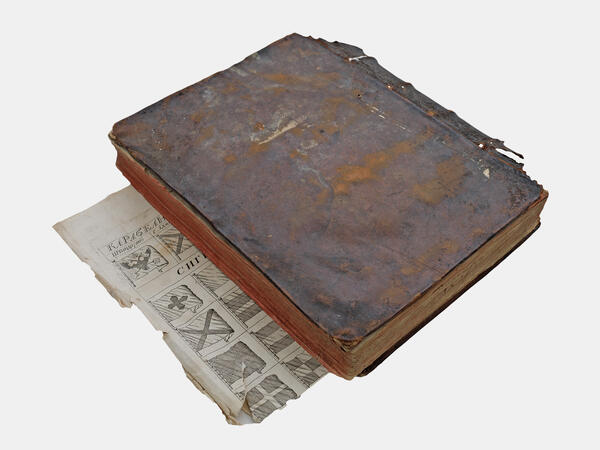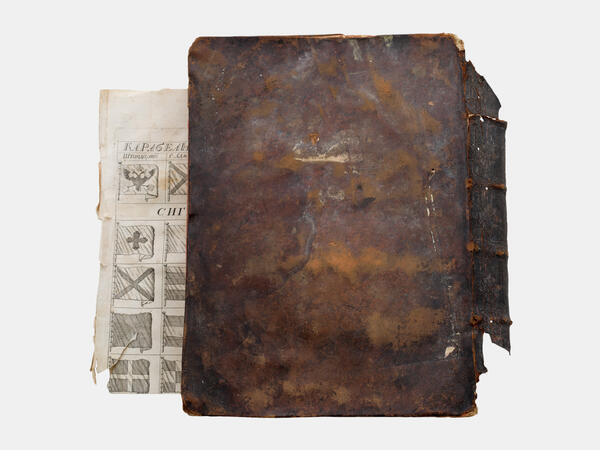On January 24, 1720, Peter the Great signed a manifesto on the introduction of the “Maritime Charter Concerning Proper Governance of the Naval Fleet.” Russia owes the creation of a full-fledged navy to its first emperor, Peter I.
However, even before Peter the Great’s reign, efforts were made to build a military fleet in Russia, as well as to introduce a Russian maritime charter. By order of Tsar Alexis of Russia, the first Russian warship, the famous Oryol, was built at a shipyard created for this purpose on the Oka River, and its first captain, the Dutchman David Butler, compiled the “Letter on the Naval Service”.
The Dutchman’s document submitted to the Ambassadorial Prikaz was actually a very succinct version of a naval charter — but written for just one ship. This “Letter” was an excerpt from the Dutch naval regulations and concerned almost exclusively the combat readiness of the ship and naval battles. It obviously could not serve as a maritime charter for a real navy. There also were two other similar documents that in part dealt with military regulations: the “Decree on Naval Service for the Captains of the Galleys” written by Peter I (1696) and the “Rules of Service on Ships” commissioned by Peter to Vice Admiral Cornelius Cruys (1698).
In 1710, on the basis of the charter of Vice Admiral Cruys, “Instructions and Military Articles for the Russian Navy” were drafted. But even this document did not cover all the important issues of naval service.
Only ten years later, Russia adopted its first real
maritime charter. The title page of the first edition features the following
words,





